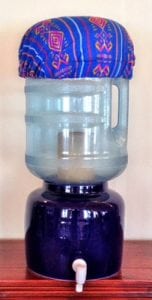
Agriculture
January 11, 2024
Caminos de Agua Ceramic filters
Read SolutionImplemented by
Caminos de Agua
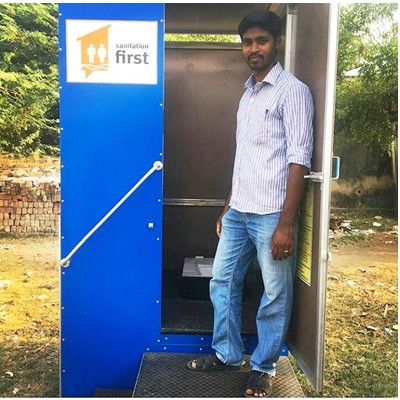
Updated on August 16, 2024
·Created on August 20, 2021
The EcoSan and GroSan toilets are composting toilets designed to convert waste into a soil conditioning compost and fertilizer.
The EcoSan and GroSan toilets are urine diverting dry toilets (UDDTs) and container based sanitation (CBS) systems with the additional capability of composting to convert waste into a soil conditioning compost and fertilizer. To avoid contaminating the environment, the toilets are built above ground with sealable containers, making them suitable for locations with high water tables or for disaster relief. The implementation of the toilets varies depending on the location and users, adapting for: schools, families, and urban communities.
The EcoSan model is a permanent twin-chamber installation for household use, designed for onsite waste treatment. In schools, EcoSan blocks offer separate private facilities for girls. The GroSan model, on the other hand, is a semi-permanent, moveable solution for urban communities, with offsite waste treatment. Both models utilize decomposition and dehydration to convert waste into soil-conditioning compost and fertilizer, which can be sold for profit.
The fixed UDDT toilet model costs 700 USD (with no maintenance required), and the mobile unit costs 600 USD with an additional monthly maintenance cost of ~ 2 USD per family. Interview with representative in 2021
Target SDGs
SDG 6: Clean Water and Sanitation
Market Suggested Retail Price
$700.00
Target Users (Target Impact Group)
Household, Community, Public Sector Agencies
Distributors / Implementing Organizations
Sanitation First and Wherever The Need India Services (WTNIS)
Competitive Landscape
Direct competitors include Mosan, Aquatron Eco Toilet System, Loowatt Toilet, Sun-Mar Excel NE Composting Toilet, Clivus Multrum composting toilet systems, Clean Team Toilet and Clean Team Toilet Waste Management Service, The TFP Composting Toilet, and Sanivation Container-Based Sanitation (CBS) Waste Collection Service.
Regions
Africa
Countries
India
Manufacturing/Building Method
This product is produced by Sanitation First, but anybody can replicate the open-source design and Sanitation First offers assistance and training. Interview with representative in 2021
Intellectural Property Type
Open-source
User Provision Model
Sanitation First does not sell the product directly, but rather assists in raising money and building units in the areas that they work in. Interview with representative in 2021
Distributions to Date Status
As of 2021, ~5,000 toilets have been distributed.
Toilet type
Container-based service
Evacuation method
Dry
Storage conditions
Container storage
Capacity (L)
90 L containers
Time until emptying
Weekly
Design Specifications
EcoSan toilets are built above ground with collection containers located underneath. These Urine Diverting Dry Toilets (UDDTs) do not require water or pipelines and are equipped with ceramic squat plates that separate urine and feces. The toilets are enclosed by aluminum composite panels. Feces are collected in a chamber beneath the toilet, where dry ash, soil, or sawdust is added to accelerate the dehydration process. Urine and wash water are collected in separate containers. In rural settings, the urine can be used immediately as liquid fertilizer, while the feces decompose on-site through dehydration, producing a soil-conditioning fertilizer.
GroSan toilets are designed for urban settings as container-based sanitation (CBS) systems. Waste is collected in sealable containers, with four containers positioned on rollers beneath the toilet. Only one container is actively filled at a time, with containers rotated out weekly. After 28 days, the waste is collected by operators and transported to an offsite facility, where it undergoes a 90-day sanitation phase followed by a 60-day stabilization phase, which includes aerobic thermophilic composting and the addition of organic materials. The final product is a commercial-grade, pathogen-free compost that is ready for sale and agricultural application.
Sanitation First's Inner City Sanitation Model (GroSan Toilets):
Technical Support
Provided by the manufacturer.
Replacement Components
Unknown
Lifecycle
30 years
Manufacturer Specified Performance Parameters
By improving access to sanitation services, Sanitation First hopes to improve community health, increase educational and job opportunities, reduce poverty and disease, increase safety for women and girls, and restore users' dignity.
From an environmental perspective, the toilets will reduce waste pollution and water use and transform waste into compost.
Sanitation First also emphasizes education regarding hygiene and sanitation.
Vetted Performance Status
To date, Sanitation First has built 5,001 toilets serving 55,867 people daily, and produced 13,530 tons of compost. The GroSan toilet was evaluated and compared alongside several other CBS services. The EcoSan and GroSan toilets have been implemented in Cuddalore and Puducherry, India. The EcoSan block model has been implemented in over 100 schools. 150 GroSan toilets were field-tested in two locations. Starting in 2009, 40 toilets were installed in Cuddalore. In 2014, 60 toilets were installed throughout Puducherry and in 2018 an additional 50 toilets were added.
Safety
Possible hazards include unsanitary latrine emptying or structural failure.
Complementary Technical Systems
A cleaning and collection service is provided by Sanitation First to keep the toilets in usable conditions.
Academic Research and References
Mackinnon, E., 2019, Exposure Risk Management from Faecal Pathogens for Workers in Container Based Sanitation Systems, PhD Dissertation, University College London.
Padmapriya, T.S., 2019, Grosan Toilets Sustainable sanitation solution with full resource recovery.
General information about ecological sanitation and composting toilets:
Kramer, S. et al., 2011, The SOIL Guide to Ecological Sanitation, Sustainable Organic Integrated Livelihoods (SOIL).
Morgan, P., 2007, Toilets That Make Compost: Low-cost, sanitary toilets that produce valuable compost for crops in an African context, EcoSanRes Programme Report, pp. 114.
Winblad, U., Simpson-Hebert, M., 2004, Ecological Sanitation – Revised and enlarged edition, Stockholm Environment Institute, Sweden.
Compliance with regulations
The entire process from containment to composting operates under compliance of the WHO Sanitation Safety Plans and the Manual Scavenging Act 2013.
Evaluation methods
This product is evaluated by Sanitation First based on the number of toilets built, number of people and uses, and tons of compost produced.
Other Information
This product placed 3rd in the All India Swachhovation Contest (2018).
Additional information about the toilet can be found in this presentation, video, or by contacting the manufacturer.

Agriculture
January 11, 2024
Implemented by
Caminos de Agua
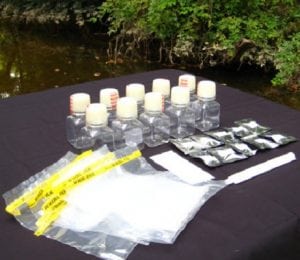
Agriculture
January 17, 2024
Implemented by
Aquagenx
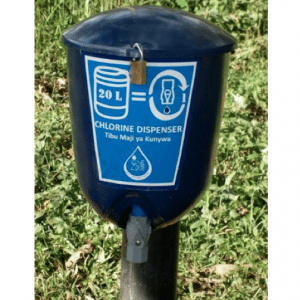
Agriculture
September 23, 2023
Implemented by
Innovations for Poverty Action
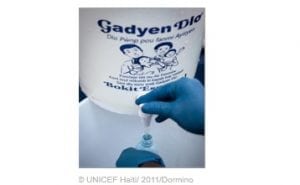
Agriculture
January 2, 2024
Implemented by
Deep Springs International
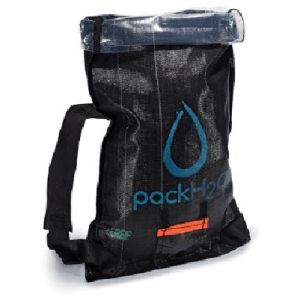
Agriculture
August 4, 2024
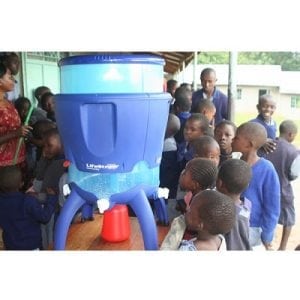
Agriculture
December 29, 2023
Implemented by
Vestergaard
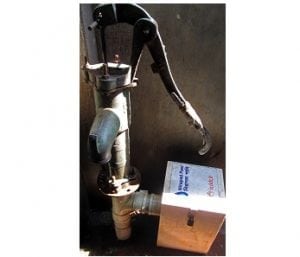
Agriculture
January 3, 2024
Implemented by
Stanford Researchers and the International Centre for Diarrhoeal Disease Research, Bangladesh
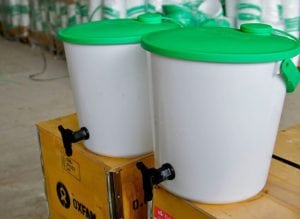
Agriculture
January 10, 2024
Implemented by
Oxfam
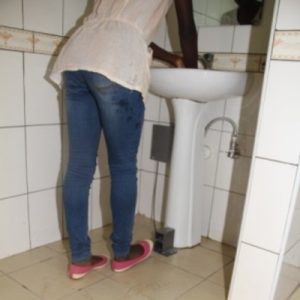
Agriculture
January 9, 2024
Implemented by
PedalTap
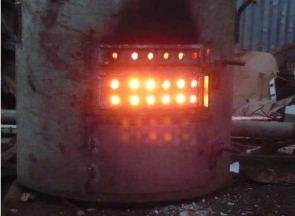
Agriculture
January 10, 2024
Implemented by
Technology for Tomorrow (T4T) Africa
Have thoughts on how we can improve?
Give Us Feedback
Is their any distributors in Mpumalanga? I would like to become a distributor.